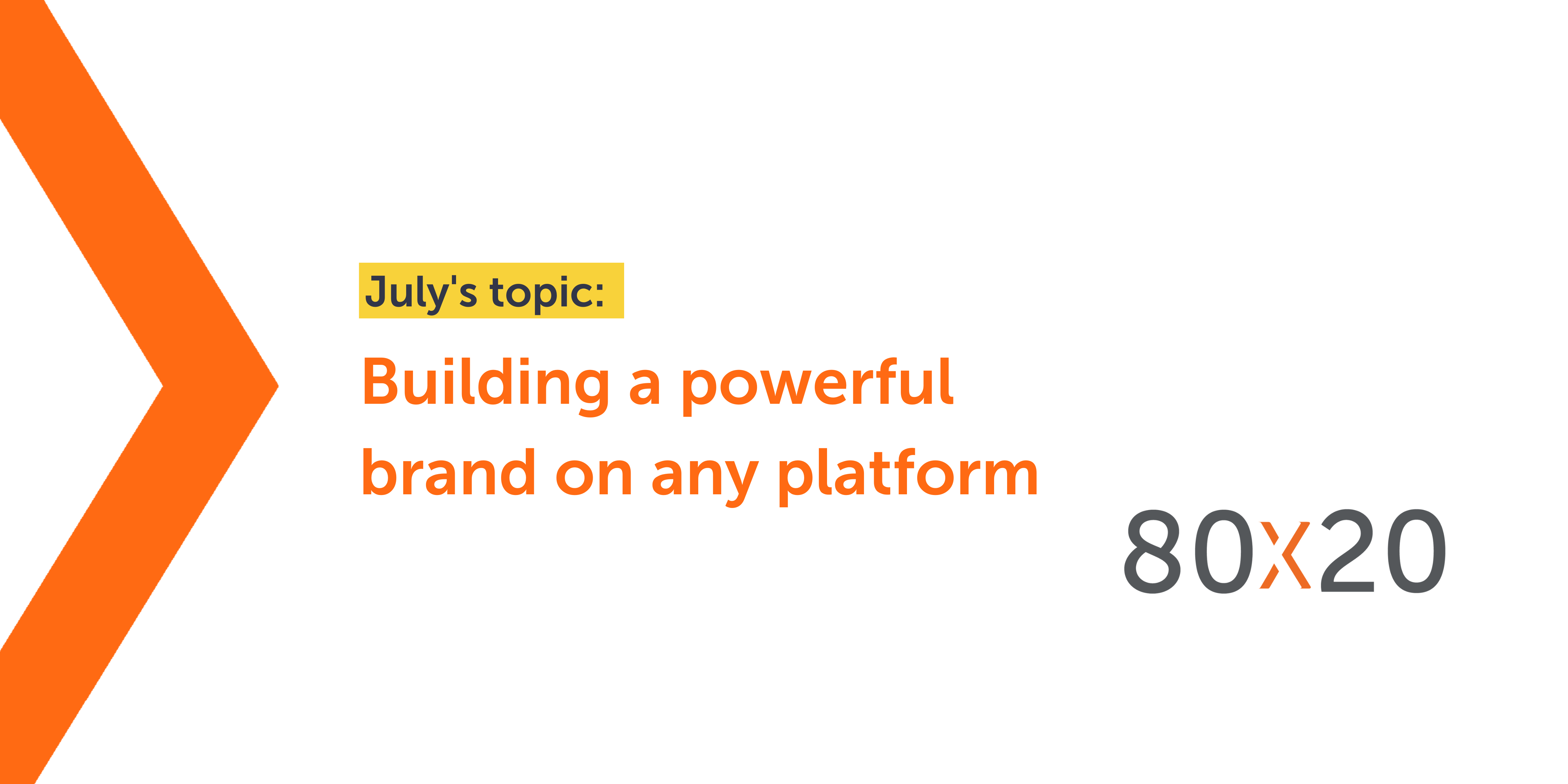You might not think it, but there’s a world of opportunities available when using hashtags in social media. Essentially, a trending hashtag is a word or phrase that thousands of users on any given social media platform are talking about. Utilising these is a great way to find out what people are talking about and join in with the conversation, giving you good engagement levels and putting your content in front of a huge audience. In this blog, I’m going to go through the practicalities of using trending hashtags, the most effective ways to use them, and the potential pitfalls you’ll need to avoid.
How to identify trending hashtags
The easiest way to see what’s trending is to check the side bar on Twitter. On desktop, it’s on the left side of your screen; if you’re on mobile, you’ll need to swipe over to the search tab. You can set your location preferences, so you can see what’s trending worldwide, in a specific country, or more localised such as by city. You can also get tailored trends, where Twitter will select what trending hashtags are most relevant to you.
There are two ways to go about using these hashtags on Twitter: You can either identify the trending hashtags first, and create a tweet based around them, or you can write your content first and then look for hashtags that are relevant. If you’re writing your content first and none of the hashtags in the sidebar look relevant, then try a little bit of guesswork – start typing your hashtag into your Tweet and Twitter will start to provide suggestions based on what you’ve already typed.
Instagram is another platform where hashtags are crucial, but it’s a little bit more complicated to identify what’s trending. You should probably do this on a mobile device, as Instagram for desktop has fairly limited functionality. First, scroll across to the “Discover” tab and search for a general term, for example “#royalwedding”. As you type your term in, Instagram will give you some suggestions, and will show you how many posts contain that hashtag. Make a note of these, or take a screenshot.
Then search for your general term, and you’ll see related hashtags. You’ll then be able to click into each hashtag, and see the number of posts under that hashtag. Again, make a note of these. A final way to grab some hashtag ideas on Instagram is to click into the posts that appear when you do your general search term. Have a look at what other hashtags are included in those posts to give you some inspiration.
Which hashtags should I use?
You should now have a large list of hashtags from both platforms, and need to decide which ones to use, and how many. I can’t tell you exactly how many hashtags to use on each platform, as each business is different and you’ll need to conduct some trial and error research to find out what works for you. As a guide though, I’d start with 2-3 on Twitter, and 7-10 on Instagram.
It might be tempting to go with the hashtags that have the largest amount of posts under them, which makes sense, as they’re obviously the topics that the most people are talking about and you would assume they’d get the biggest reach. However, this isn’t the case. If you choose hashtags that have millions of posts under them, your content is going to get lost in a constant stream of new posts. However, you don’t want to use those that only have a few posts, as you’d be right in thinking that nobody is really looking at them. You need to find the right balance between the two; again, trial and error is needed here to find out what works best for you.
The final thing you need to do when selecting your hashtags is check what else is being posted under that hashtag. Sometimes, a hashtag might have a double meaning, and you don’t want your content to appear in the wrong place, or be offensive to anyone. I’ll give you a couple of examples. First, the time that DiGiorno pizza Tweeted: “#WhyIStayed You had pizza.”
Seems innocent enough, but actually at the time, #WhyIStayed was being used as a hashtag to discuss domestic violence. Obviously, this backfired massively on DiGiornio’s, and they promptly apologised, admitting that they hadn’t checked the hashtag before using it.
Another epic hashtag fail came when singer Susan Boyle released an album. The hashtag that her PR people used to promote the launch was none other than #susanalbumparty. I don’t think this really needs much explanation, but really do make sure that your hashtags can’t be read in the wrong way!
Utilising trending hashtags effectively
Now you know the practicalities of finding and choosing trending hashtags, you need to know how to use them in your social media marketing to get results. First thing’s first: as tempting as it might be, don’t just use a random trending hashtag in your content if it’s completely irrelevant. There’s nothing more frustrating for users when reading hashtag streams than seeing content that’s completely unrelated and is clearly just trying to sell something or push website visits.
Most of us don’t have the time to sit and plan social media day by day, depending on what happens to be trending. If you do have that time, great – you can sit each day and pick out what’s trending, and plan content accordingly. If you don’t have that time, just try and get in the habit of checking Twitter daily, and if something is trending that you really can’t ignore, then you can make time to put something together. Try and do this where you can; social networks love timely content and it’s a great opportunity to push your content out. For the most part though, you might need to use a little bit of guesswork.
It can be difficult to predict what’s going to trend; things often happen overnight which blow up on social media, which is why it’s good to have a quick check every morning. However, there are some hashtags and events that you can always count on to trend. There are the generic ones like #MondayMotivation, #TuesdayThoughts, #WednesdayWisdom etc, which trend week in week out without fail.
You can also look at events that are coming up, and plan content around those. Take this blog post as an example. We know that the royal wedding and the FA Cup Final are happening on the same day, and it will be a big day for timely trending hashtags. We’ve had this blog in the calendar for weeks as a good opportunity to talk about hashtags. You can also plan around the obvious days like Christmas, or even events that you know will get people talking, like the launch of a new iPhone. Plan some content around these, use the hashtags and you’ll see a real push in your engagement.

Hopefully this blog has gone some way to helping you use trending hashtags more effectively in your social media marketing. If you’re still unsure, reach out to our social media team – we’ll be happy to help. Oh and congrats to #HarryandMeghan!


